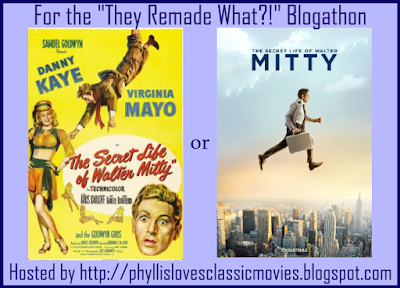The Butterfly and the ViolinA Hidden Masterpiece NovelKristy Cambron
Thomas Nelson Publishers
2014
✯✯✯✯✯
Official Backpage SynopsisA Mysterious painting breathes hope and beauty into the darkest corners of Auschwitz--and the loneliest hearts of Manhattan.
Manhattan art dealer Sera James watched her world crumble at the altar two years ago, and her heart is still fragile. Her desire for distraction reignites a passion for a mysterious portrait she first saw as a young girl--a painting of a young violinist with piercing blue eyes.
In her search for the painting, Sera crosses paths with William Hanover--the grandson of a wealthy California real estate mogul--who may be the key to uncovering the hidden masterpiece. Together Sera and William slowly unravel the story behind the painting's subject: Austrian violinist Adele Von Bron.
A darling of the Austrian aristocracy of 1942, talented violinist, and daughter to a high-ranking member of the Third Reich, Adele risks everything when she begins smuggling Jews out of Vienna. In a heartbeat, her life of prosperity and privilege dissolves into a world of starvation and barbed wire.
As Sera untangles the secrets behind the painting, she finds beauty in the most unlikely of places: the grim camps of Auschwitz and the inner recesses of her own troubled heart.My Take in 3 PartsThe ThemeThis book reminds me a little bit of
The Fellowship of the Ring, when Galadriel gives Frodo the Phial of Galadriel and tells him, "May it be a light to you in dark places when all other lights go out."
The Butterfly and the Violin is a dark, traumatic novel, but with a thread of hope carefully woven through each line of the chapters set in Auschwitz. Even in absolute and utter darkness, when 1.5 million people are dying around you, God still hears your cry and He is still faithful. The author captured the reality of a bleak era that brought me to hysterical tears, but still managed to present the idea that God is there, in the turmoil, and the grime, and the death. He hears the cries of His people and He grieves, not only for the lives lost, but for those who are doing the killing, something I hadn't quite realized until I felt that swell of anger against the Nazis, unbridled hate, and then came to realize that while I want to blindly reach back in history and kill all of the Nazis, God was grieving for them. That's quite a realization, both about God and about myself.
The CharactersSo what we have here is two sets of characters, those in the 1940s and those in the current day.
Sera James and William Hanover are trying to unravel the whereabouts of this piece of Holocaust art, a painting of a young woman with her hair shorn, numbers tattooed on her arm, and a violin in her hand. They take this journey together. I like both of them. Sera has been hurt before, left at the altar, and so she has trust issues, both with me and with God. Those issues, of course, are resolved by the end, which is important. William, we don't really get to know him all that well, except that he's a businessman who felt the real calling on his life was to be a minister. His story in this leads him back to that path and calling from God, and I liked that storyline.
But the truly impactful character, the most prominent, is Adele Von Bron, the young woman whose portrait Sera and William are researching. It is she, a renowned young violinst from a prominent Austrian family, who tried to help Jews escape from Vienna, and ended up being sent to Auschwitz Birkenau for reeducation purposes. It is she who was forced to play for the Birkenau orchestra of prisoners, play her violin as families were split and countless innocents were sent to the gas chambers. This book is her story, and I felt every iota of weakness and terror and doubt that Adele felt during her time in Birkenau.
So, while I appreciate the modern characters, I loved Adele, and even Vladimir Nicolai, the young cellist who she loves and whose passion to save Jews also found him captured by the Nazis.
The WritingKristy Cambron is new on the writing scene, with this being her debut novel. If
The Butterfly and the Violin is a testament to her storytelling abilities, than Christian literature is in for a revolution. Her style is fresh and original, she tells just enough of the atrocities in Auschwitz without crossing a line into the grotesque, and her heart for the era of World War II really shines, just as her expertise does in being an art historian. This is not a historical romance, but a historical novel, and I really appreciate the difference. Any romance within the book does not take precedence over the story.
If I were to nitpick about one tiny thing, it's that I really don't know if the modern storyline was necessary. Then again, I'm not for novels that have dual eras most of the time, so I'm just not used to it.
Final ThoughtsNever assume this book is an easy read, because it's not. I nearly stopped reading several times because my heart was just so overwhelmed by what I was learning, things I never wanted to know about the concentration camps. But you can't just ignore or imagine away atrocities like this. Just like we can't imagine away the grim truth that thousands of our infants are slaughtered every day in the womb. If there's one thing I realized, it's that America has become, in some ways, what we once hated and despised.
Every Christian should read this book.





